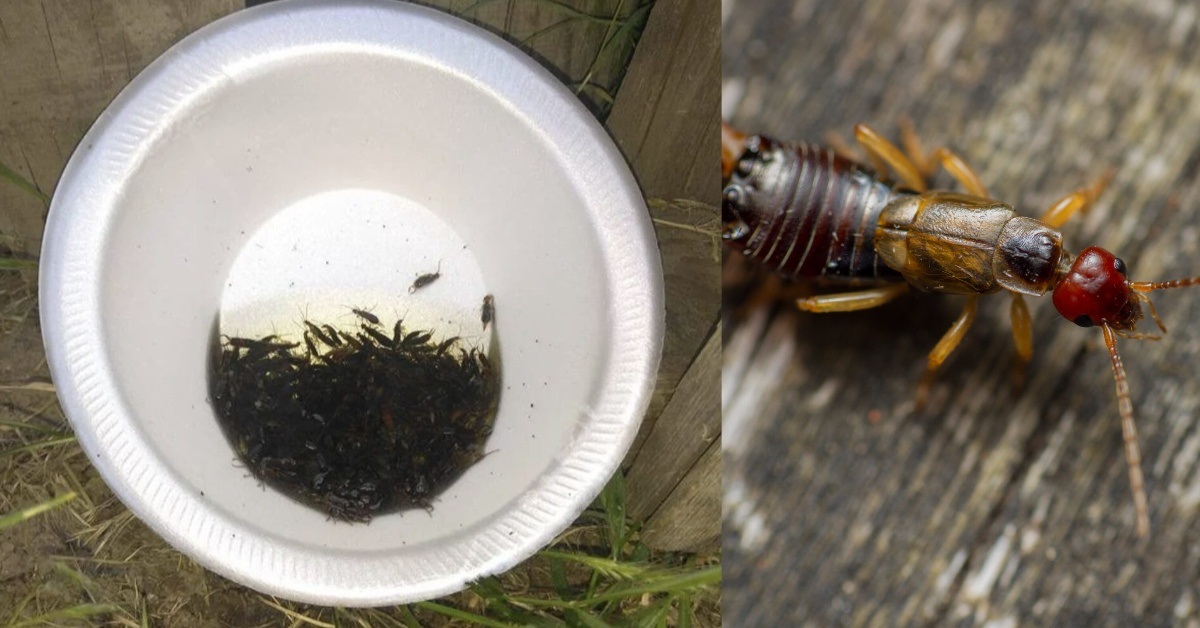While most of us can tolerate a few bugs in the home, some insects are harder to live with than others. For those in rural areas, summer often brings flies, ants, spiders, and more trying to invade our homes.
Earwigs, in particular, can be quite unwelcome. These creepy crawlies, while harmless, are far from cute. As one person noted, “Spiders building their webs in my corners I can live with, and the odd fly buzzing around the kitchen is hardly going to ruin my day. I take exception, however, to earwigs.”
A useful tip from Facebook user Alicia Alexander suggests a simple hack for dealing with earwigs. She recommends “filling a shallow bowl with half a cup of olive oil” and placing it outside. Earwigs are attracted to the oil but can’t escape once they enter the bowl. Alicia shared photos showing how many earwigs she trapped in less than 24 hours.
While earwigs in the home might indicate issues like rotting wood, their presence isn’t typically harmful. “Earwigs seeking warmer conditions inside your house isn’t anything to be alarmed about,” the article states.
Using this olive oil method can help manage earwig problems efficiently.
Earwigs are not the only creepy crawlers that can cause concern for homeowners. Silverfish, with their silvery, scaly appearance, can also be quite unsettling to find in your home. These insects are often attracted to damp and humid areas, making bathrooms and basements prime real estate for them.
If you do come across silverfish in your home, it may be a sign that you have excess moisture present. This could be due to a leak, poor ventilation, or even just high humidity levels. Taking steps to reduce moisture in your home, such as using a dehumidifier or fixing any leaks, can help deter silverfish from taking up residence.
Another insect that can strike fear into the hearts of homeowners is the house centipede. These long-legged creatures can move quickly and are often found in basements, bathrooms, and other damp areas. While their appearance may be alarming, house centipedes are actually beneficial predators that feed on other insects, such as spiders and cockroaches.
If you find house centipedes in your home, it may be a sign that you have a larger insect problem that needs to be addressed. Taking steps to eliminate their food source, such as sealing up cracks and crevices where other insects may be entering your home, can help reduce the presence of house centipedes.
In conclusion, while finding scary-looking insects in your home can be unsettling, it doesn’t necessarily mean that your home is infested or in danger. By taking proactive steps to address the underlying issues that may be attracting these insects, you can effectively manage and reduce their presence in your home. And remember, if you’re ever unsure about how to handle a particular insect issue, don’t hesitate to call a professional for assistance.






